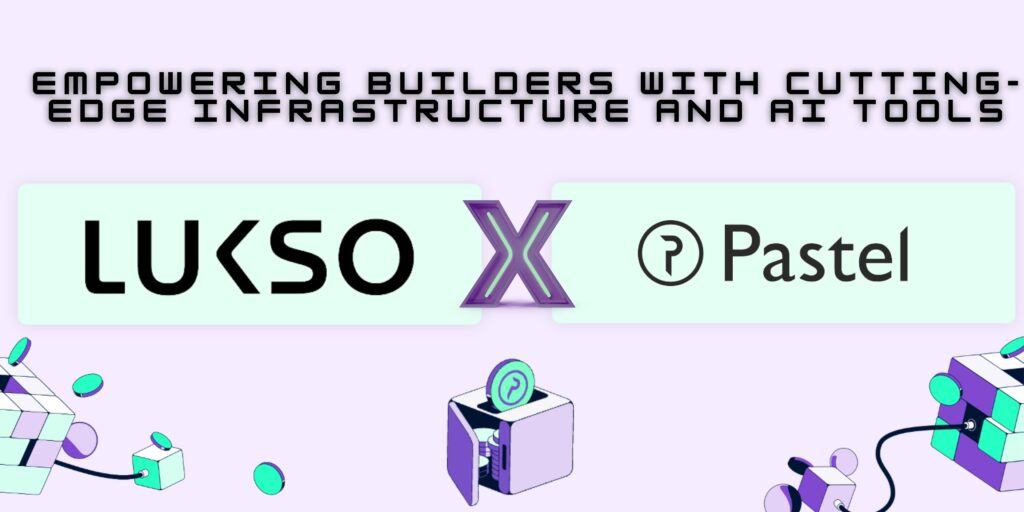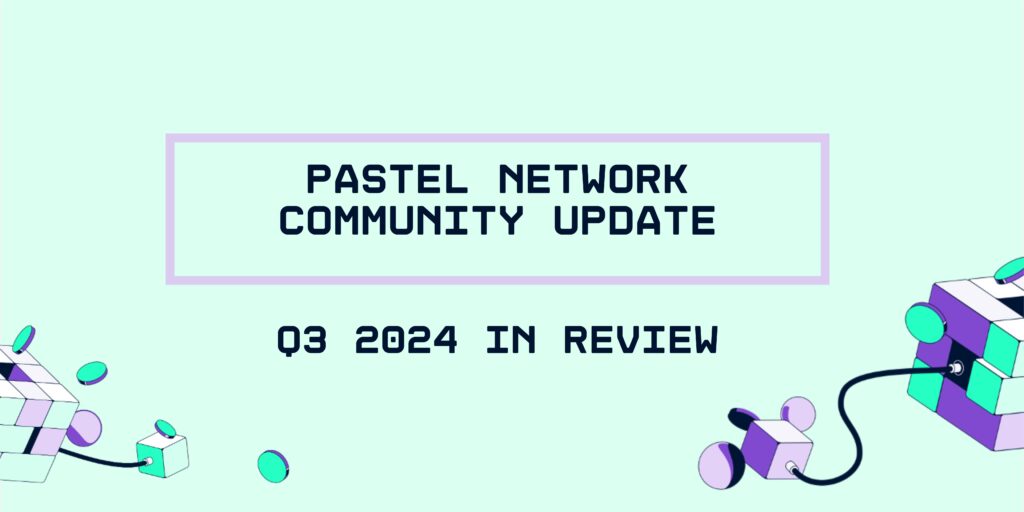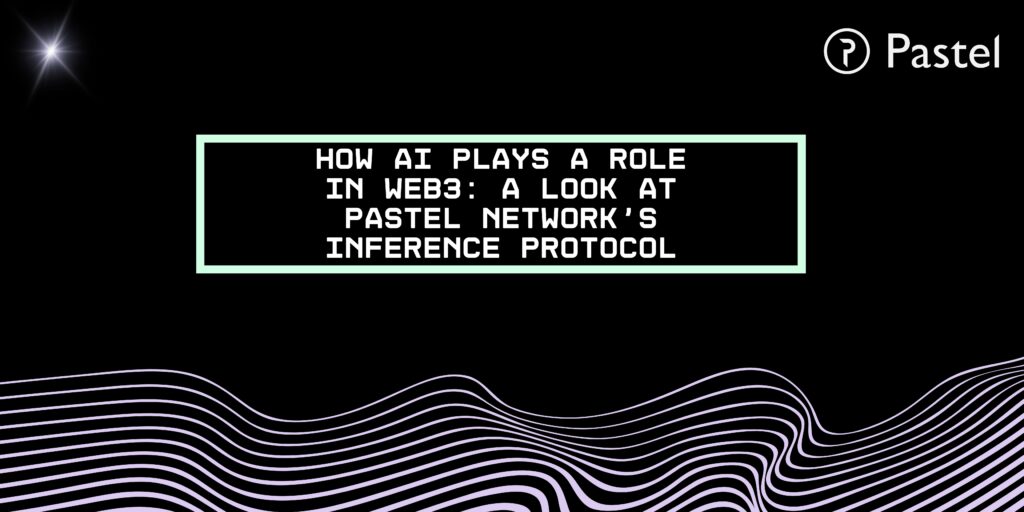Pastel Network and LUKSO: Empowering Builders with Cutting-Edge Infrastructure and AI Tools
We are thrilled to announce an exciting new chapter in Pastel Network’s collaboration with LUKSO, where we will be supporting an incredible cohort of projects with exclusive API keys to utilize Pastel’s services without cost. This partnership signifies our shared commitment to advancing decentralized technologies by equipping LUKSO’s builders with the tools and infrastructure they …


